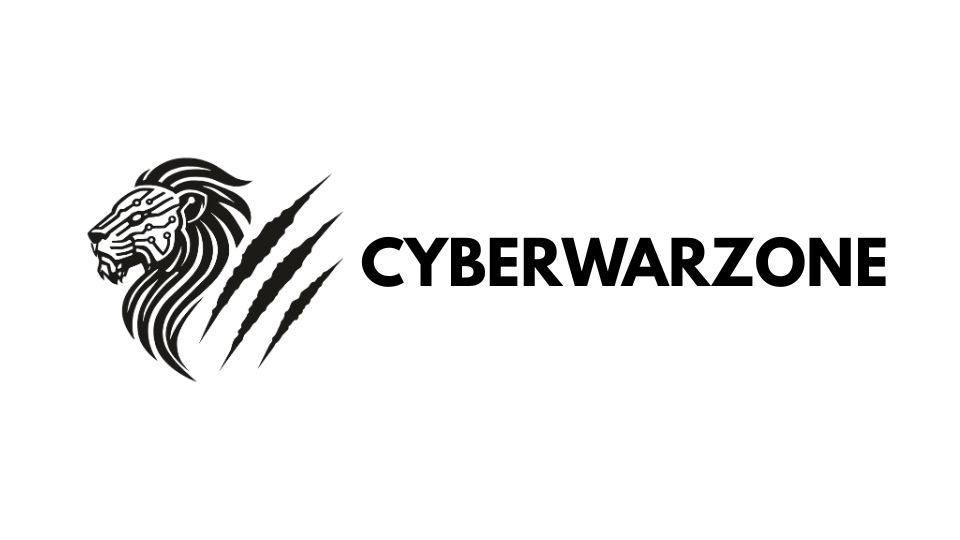LockBit 5.0 Returns: New Tactics, Broader Targets
LockBit resurfaces with advanced ransomware capabilities and global campaign expansion
LockBit has resurfaced with version 5.0, signaling a dangerous evolution in one of the world’s most prolific ransomware families. Early indicators show advanced encryption methods, modular payloads, and broader targeting of healthcare, manufacturing, and public infrastructure sectors across multiple continents.
LockBit’s Comeback: Technical Evolution
LockBit’s operators appear to have overhauled the group’s architecture following coordinated international takedowns earlier this year. The new variant, dubbed LockBit 5.0, features a reengineered encryptor with stronger evasion mechanisms, designed to bypass both endpoint protection and sandboxing analysis. Researchers from Trend Micro and Cisco Talos observed the malware’s enhanced anti-debugging routines and its ability to operate fully offline, reducing dependency on external command-and-control channels. Unlike previous builds, LockBit 5.0 dynamically adjusts its encryption speed depending on system load, a tactic aimed at slowing detection while ensuring rapid compromise.
Expanding Target Landscape
LockBit 5.0’s campaign expansion shows a clear pivot beyond private sector targets. Early reports suggest infections in regional healthcare providers, automotive manufacturers, and local municipalities in Europe and Asia. An analysis shared by The Record indicated that compromised networks in France, Japan, and Brazil were affected almost simultaneously in September 2025 — hinting at a highly coordinated re-launch of the affiliate program.
| Region | Industry Targeted | Incident Type |
|---|---|---|
| Europe | Municipal services, logistics | File encryption, data theft |
| Asia | Automotive supply chains | Ransom demand, exfiltration |
| North America | Healthcare facilities | Double extortion |
The LockBit operators have also revived their “leak site,” which previously listed victims refusing to pay ransom. Security analysts noticed newly posted entries appearing within hours of confirmed breaches.
Evidence of Affiliate Recruitment
LockBit’s return coincides with underground advertisements recruiting affiliates through encrypted forums. Posts retrieved from Russian-language channels on Exploit and RAMP invite skilled intrusion specialists with experience in RDP exploitation and VPN credential theft. Unlike older variants, affiliates now appear to be granted partial control over negotiation portals, suggesting a decentralized management model. Security researchers believe this could be an attempt to insulate the core group from direct exposure during ransom communications.
Connections to Previous Disruptions
This resurgence follows the multinational law enforcement operation earlier in 2025 that dismantled LockBit’s prior infrastructure. The coordinated takedown involved Europol and the FBI, resulting in over 200 servers seized and multiple arrests in Poland and Ukraine. Despite these arrests, LockBit 5.0’s reappearance suggests that core developers evaded capture — possibly relocating operations under new aliases. A similar pattern was seen after the 2023 disruptions of Hive and Conti, both of which later resurfaced under derivative brands. Cyberwarzone’s earlier coverage on European airport ransomware disruptions and Salesforce data theft incidents reflects the persistence of high-profile, financially motivated attacks despite law enforcement crackdowns.
Escalating Ransom Techniques
LockBit 5.0 adopts enhanced extortion mechanisms beyond data encryption. Victims report being threatened with real-time leaks via livestreamed file dumps and automated social media alerts tagging corporate accounts. This new pressure tactic mirrors trends seen in 2025’s RansomHouse and ALPHV/BlackCat variants, both of which weaponized public exposure to accelerate ransom payments. Industry sources told BleepingComputer that ransom notes now include embedded tracking pixels, helping attackers confirm when communications are opened — a step toward full social-engineering integration within ransom workflows.
Expert Analysis and Early Defense Observations
Cybersecurity professionals note that LockBit’s success has historically relied on speed, automation, and low technical entry barriers for affiliates. However, LockBit 5.0’s complexity marks a turning point toward professionalized ransomware ecosystems, where attackers combine traditional intrusion with stealthy persistence mechanisms. Preliminary data from the European Union Agency for Cybersecurity (ENISA) shows that ransomware incidents increased by 37% in Q3 2025, with LockBit-linked intrusions accounting for nearly one in every six reported enterprise breaches.









